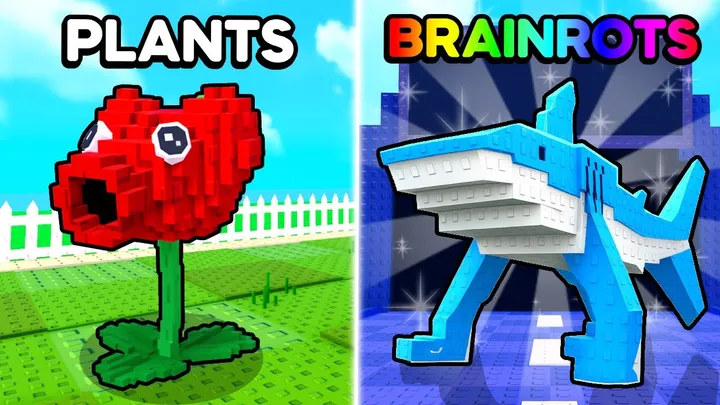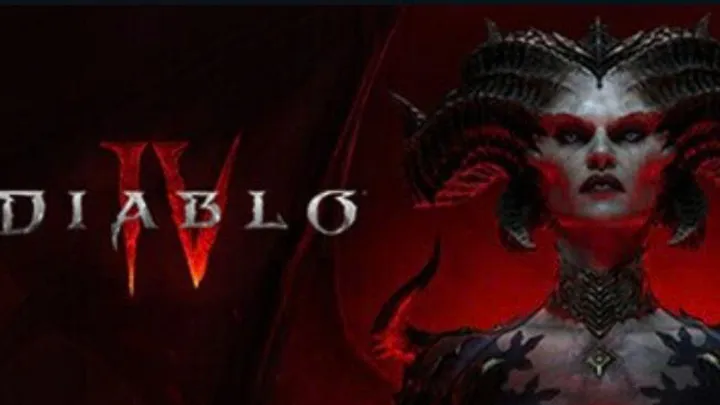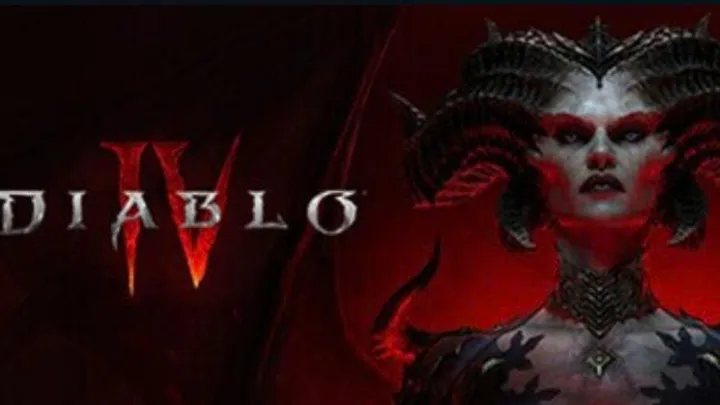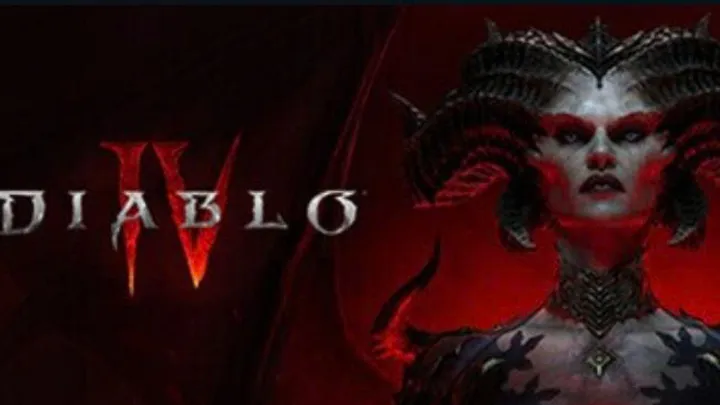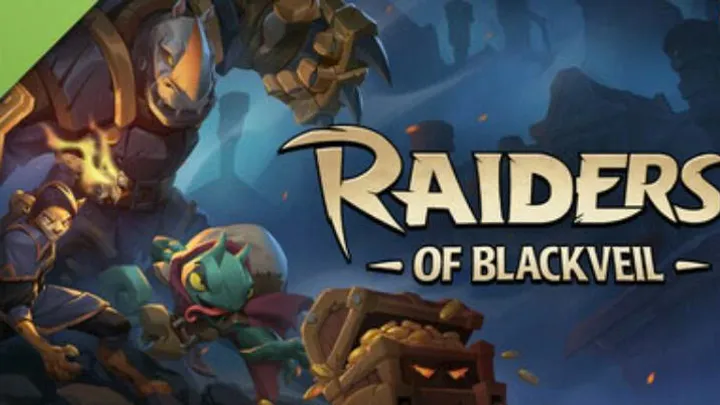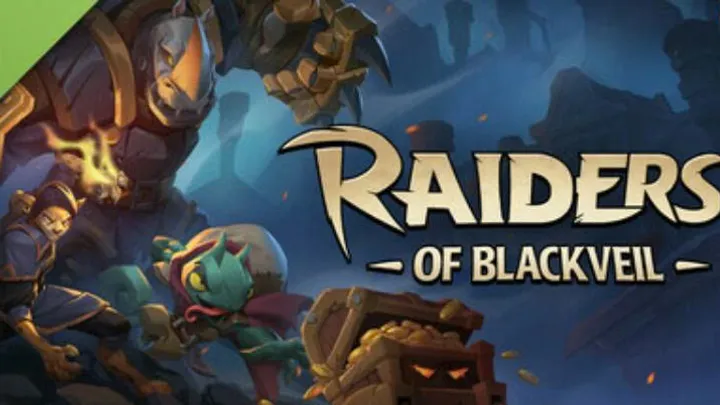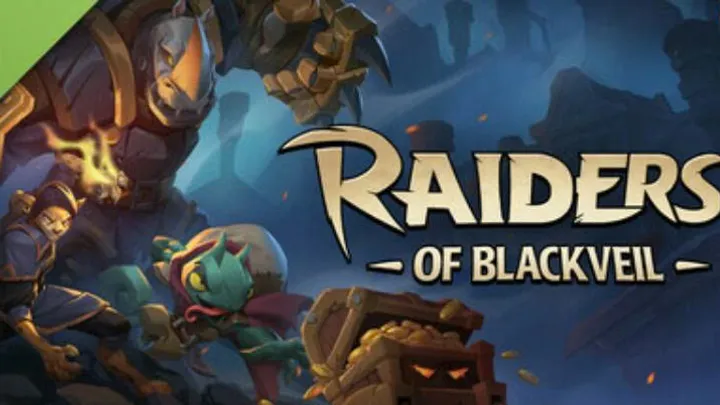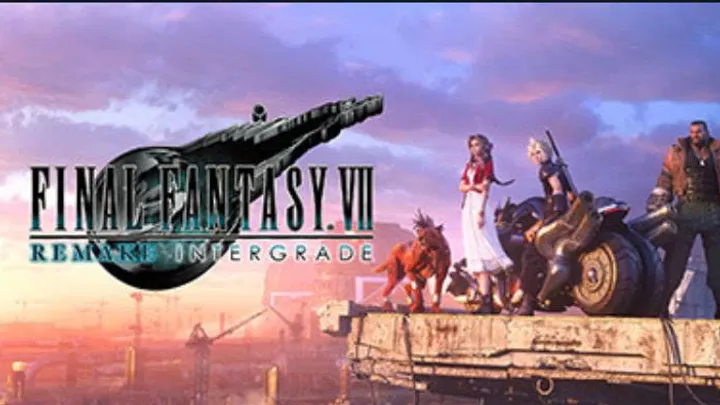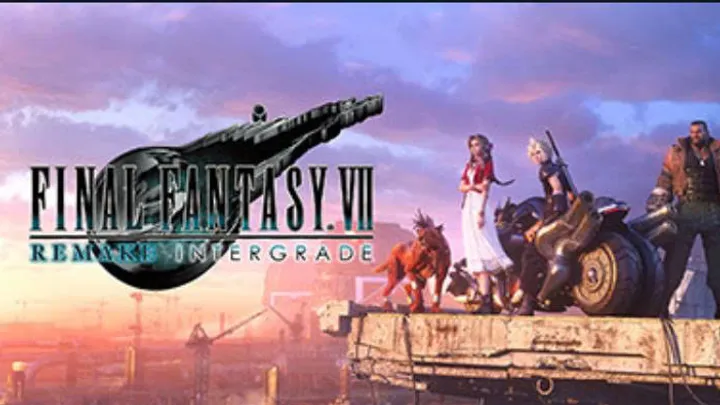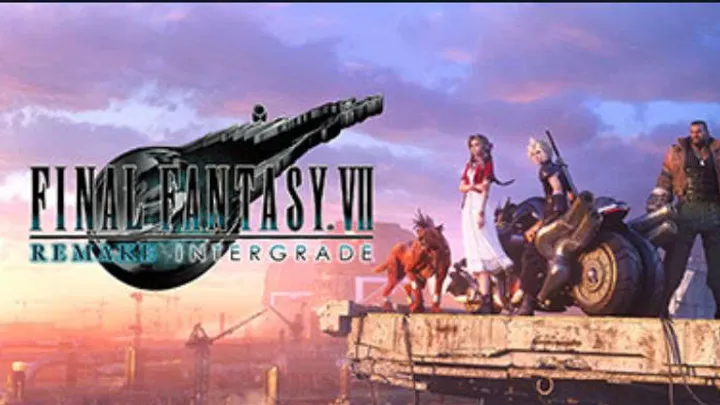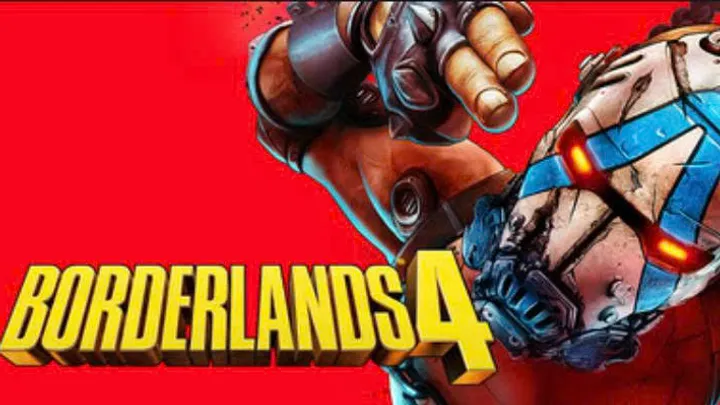Overwatch® 2 has taken the beloved hero shooter formula to new heights, offering fast-paced action, refined mechanics, and exciting new heroes. Whether you’re new to the franchise or a returning veteran, the sequel demands adaptability, game sense, and teamwork. In this comprehensive guide, we’ll walk through crucial tips and strategies — from your first match to advanced play — helping you climb the ranks and enjoy everything Overwatch® 2 has to offer.
Getting Started with Overwatch® 2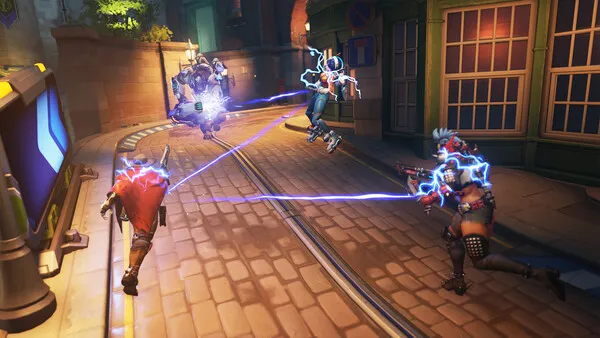
Starting your journey in Overwatch® 2 can feel overwhelming. With 30+ heroes across multiple roles, there’s a lot to learn. Begin by familiarizing yourself with the basics: damage, tank, and support roles. Each role contributes uniquely to team success, and understanding how they work together is essential.
If you’re brand new, spend some time in the practice range. Test out different heroes, get comfortable with their abilities, and practice aiming. Don’t rush into competitive play; Quick Play and Arcade are great environments to explore without pressure.
Understanding Hero Roles and Responsibilities
Every hero in Overwatch® 2 belongs to one of three roles: Tank, Damage, or Support. Tanks initiate fights, protect allies, and create space. Damage heroes secure eliminations and apply constant pressure, while Supports sustain the team with healing, buffs, and utility. Picking the right role can drastically affect the outcome of a match.
Consider your playstyle when selecting a role. If you enjoy leading fights, Tank may be your calling. Prefer sharp aim and mobility? Go Damage. If you thrive on helping teammates and reading the battlefield, Support is for you.
Why Team Composition Matters
Balanced compositions — usually one tank, two damage, and two supports — maximize team efficiency. Picking heroes that synergize, such as Zarya with Reaper or Lucio with Reinhardt, can create unstoppable momentum.
Mastering Hero Abilities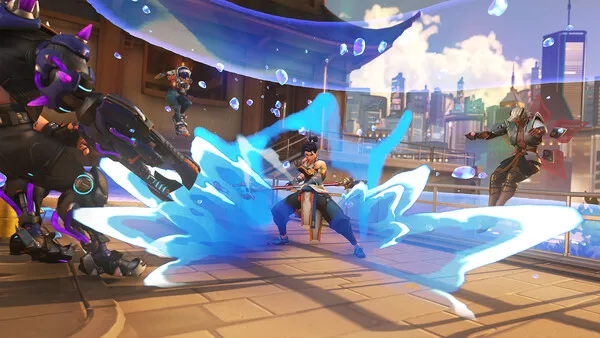
Each hero has a unique set of abilities that can turn the tide of battle. Mastery involves more than just knowing what they do; it’s about timing, positioning, and coordination. For instance, Genji’s Dragonblade is devastating when paired with Ana’s Nano Boost, while Zenyatta’s Transcendence can counter enemy ultimates like Sigma’s Gravitic Flux.
Practice using abilities in different contexts. Don’t waste them randomly; ability management separates average players from great ones.
Ultimate Economy
Ultimates win games, but only if managed properly. Communicate with your team before using them to avoid stacking ults unnecessarily. Sometimes, saving an ultimate for a defensive play is more impactful than going for aggressive highlights.
Maps and Game Modes
Overwatch® 2 features multiple maps and game modes, including Push, Escort, Control, and Hybrid. Each requires different strategies. For example, in Control maps, fights revolve around capturing and holding a single point, while Escort maps demand payload pushing and stalling.
Learn map layouts, health pack locations, and high ground positions. Knowing where to rotate and how to flank can swing momentum in your team’s favor.
Push Mode Basics
- Stay grouped to control the robot efficiently.
- Secure forward spawns for long-term advantage.
- Use high ground to protect the robot from being contested.
Teamwork and Communication
Overwatch® 2 is built around synergy. Even the best aimers fail without coordination. Use voice chat or quick commands to call out enemy positions, ultimate statuses, and strategies. Simple communication like “Reinhardt low” or “Group up” can prevent chaos.
If voice chat isn’t your thing, use the in-game ping system. It allows you to alert teammates to threats, rally points, or objectives without needing a microphone.
Shotcalling Basics
Strong teams often have one player acting as a shotcaller. This role involves guiding teammates on when to push, fall back, or use ultimates. Even if you’re not the shotcaller, following their lead ensures cohesion.
Positioning and Awareness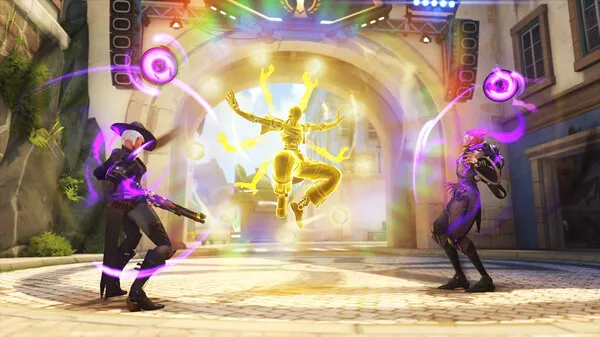
Positioning often determines survival. As a Support, avoid standing on the frontlines; as a Damage hero, use flanks wisely. Tanks, on the other hand, must balance aggression with protection, knowing when to advance and when to shield allies.
Always keep track of enemy positions. Situational awareness helps you avoid surprise flanks and predict ultimates. Constantly check kill feeds, audio cues, and visual hints.
Common Positioning Mistakes
- Overextending without support.
- Ignoring high ground advantages.
- Clumping up and becoming easy targets for area-of-effect abilities.
Improving Aim and Mechanics
Aim isn’t everything in Overwatch® 2, but it certainly helps. Spend time practicing in the training range or use custom aim trainer maps. Focus on crosshair placement, flick shots, and tracking movement.
Remember, mechanics also include movement. Learn to strafe, crouch spam, and use cover effectively. Smooth mechanical skill combined with smart positioning makes you a dangerous opponent.
Tools for Aim Training
Community-made workshop modes offer custom drills for flicking, tracking, and reaction speed. Use them daily for consistent improvement.
Climbing Competitive Ranks
Competitive play is where players test their skills. The ranked system rewards consistency, teamwork, and improvement over flashy plays. To climb, focus on one or two roles instead of spreading yourself thin across all heroes.
Stay calm during losses. Blaming teammates rarely helps; instead, analyze your performance and adapt. Recording gameplay and reviewing mistakes is one of the fastest ways to improve.
Dealing with Tilt
Competitive frustration, or “tilt,” ruins focus. Take breaks, mute toxic players, and re-center before queueing again. Maintaining a positive mindset is just as important as raw skill.
Advanced Strategies and Synergies
Once you’re comfortable with the fundamentals, dive into advanced tactics. These include coordinated ultimate combos, role swaps mid-match, and adapting to enemy counters. Knowing when to swap heroes is crucial — stubbornly sticking to one pick can cost games.
For example, if the enemy has Pharah dominating the skies, swapping to hitscan heroes like Soldier: 76 or Cassidy is often better than trying to tough it out with your main hero.
Popular Hero Synergies
- Ana + Genji (Nano Blade)
- Zarya + Hanzo (Graviton + Dragonstrike)
- Lucio + Reinhardt (Speed boost engages)
Staying Updated with Meta Changes
Overwatch® 2 constantly evolves with patches, new heroes, and balance adjustments. Staying up-to-date with the meta ensures you’re not left behind. Follow patch notes, pro matches, and community discussions to learn which heroes are strong or weak at any given time.
Adapting quickly keeps your gameplay fresh and competitive. Remember, what works today may not work tomorrow — flexibility is the hallmark of high-level players.
Where to Stay Informed
- Official Overwatch® 2 patch notes
- Esports tournaments and pro streams
- Community guides and tier lists
Conclusion
Overwatch® 2 is more than just a shooter; it’s a team-oriented strategy game where communication, adaptability, and game sense matter as much as raw aim. By mastering heroes, maps, and teamwork fundamentals, you’ll steadily improve and enjoy every match. From your first Quick Play game to climbing the competitive ladder, these tips and guides will serve as a foundation for long-term success.
Stay patient, practice consistently, and most importantly — have fun. After all, Overwatch® 2 is at its best when players work together to create memorable, exciting moments.
